Dyson V6 Troubleshooting: Quick Fixes for Common Issues
Dyson V6 vacuum cleaners are popular for their efficiency and power. Despite their high quality, they can still run into issues.
Whether it’s a loss of suction or a battery problem, troubleshooting your Dyson V6 can seem daunting. In this guide, we’ll cover common problems and solutions for the Dyson V6. From fixing blockages to addressing battery issues, we’ll help you get your vacuum back in top shape.
Understanding these troubleshooting steps can save you time and money. So, let’s dive in and explore how to keep your Dyson V6 running smoothly.

Dyson V6 Battery Problems
Battery problems can hinder the performance of your Dyson V6 vacuum. Over time, users may face issues related to charging, power retention, or the need for replacement. Addressing these concerns ensures your vacuum remains effective.
Charging Issues
Charging issues are common with the Dyson V6. First, check if the power outlet works. Plug another device into the outlet to confirm. If the outlet is functional, inspect the charger. Look for signs of damage or wear. A damaged charger can prevent proper charging.
Ensure the vacuum’s charging port is clean. Dust and debris can block the connection. Use a dry cloth to wipe the port gently. If your vacuum still doesn’t charge, the battery might need attention.
Battery Replacement
Over time, the battery’s capacity may decrease. If your vacuum runs for a shorter time, consider a battery replacement. Start by purchasing a compatible battery. Ensure it matches the Dyson V6 model.
Replacing the battery is straightforward. First, turn off and unplug the vacuum. Locate the screws securing the battery. Remove these screws using a screwdriver. Carefully detach the old battery from the vacuum. Attach the new battery and secure it with the screws.
Test the vacuum after replacing the battery. Charge it fully before use. A new battery can improve the vacuum’s performance significantly.
Dyson V6 Loss Of Suction Problems
The Dyson V6 is a powerful vacuum cleaner. But, over time, it can lose suction. This issue can be frustrating. The two main reasons for loss of suction are clogged filters and blockages in the hose.
Clogged Filters
Filters play a crucial role in the Dyson V6’s performance. They trap dust and allergens. Over time, these filters can become clogged. This reduces suction power. To fix this, you need to clean the filters regularly.
- Remove the filter from the vacuum.
- Rinse the filter under cold water.
- Let the filter dry for 24 hours.
- Reinstall the filter in the vacuum.
Important: Do not use detergent or put the filter in the washing machine. This can damage the filter and reduce its effectiveness.
Blockages In The Hose
Blockages in the hose can also cause loss of suction. Debris, hair, and other materials can get stuck in the hose. This blocks the airflow. To check for blockages, follow these steps:
- Turn off the vacuum and unplug it.
- Detach the hose from the vacuum.
- Look through the hose to see if there is any blockage.
- If you see a blockage, use a long object to push it out.
- Reattach the hose to the vacuum.
Tip: Regularly check the hose for blockages. This will help maintain optimal performance.
Dyson V6 Brush Bar Not Spinning
Is your Dyson V6 brush bar not spinning? This common issue can affect the vacuum’s performance. Several factors could cause this. Let’s explore the most frequent reasons and how to fix them.
Debris Removal
Debris can jam the brush bar. Turn off the vacuum and remove the cleaner head. Check for hair, threads, and other debris tangled around the brush bar. Use scissors to cut away any obstructions. Ensure the brush bar spins freely before reattaching it.
Motor Malfunction
If debris removal doesn’t help, the motor might be the problem. The motor powers the brush bar. Check if the vacuum makes unusual noises. If it does, the motor may need replacement. Contact Dyson support for further assistance.
Dyson V6 Overheating Problems
The Dyson V6 can sometimes overheat, causing it to shut off during use. This issue is common and can be fixed with some simple troubleshooting steps. Overheating can be a result of several factors, including blocked filters, restricted airflow, or motor strain. Addressing these issues can help your Dyson V6 run smoothly and prevent overheating.
Cooling Down
If your Dyson V6 overheats, allow it to cool down. Turn off the vacuum and unplug it. Let it sit for at least 30 minutes. This will give the motor time to cool. Do not use the vacuum until it is completely cool.
After cooling down, check the vacuum for any signs of damage or debris. Look for any blockages in the hose or attachments. Remove any visible debris to ensure smooth airflow.
Checking Airflow
Proper airflow is essential for preventing overheating. Ensure the filters are clean. A dirty filter can restrict airflow and cause the motor to overheat. Follow these steps to check and clean the filters:
- Remove the filters from the vacuum.
- Rinse the filters under cold water.
- Let the filters air dry for 24 hours.
- Reinstall the filters once they are completely dry.
Check for blockages in the hose, wand, and attachments. Use a flashlight to look inside the hose for any obstructions. Remove any debris you find to ensure proper airflow.
Keep the airflow path clear to avoid overheating. Regularly clean the filters and check for blockages.
Dyson V6 Unusual Noises Issues
Dealing with unusual noises from your Dyson V6 can be frustrating. These sounds often indicate a deeper issue. Let’s dive into common causes and fixes for these noises.
Loose Parts
Loose parts are a common source of noise in the Dyson V6. Check all attachments and ensure they are securely connected. A loose brush head can create rattling sounds. Tighten any screws or clips if needed. Also, inspect the bin and filter. Make sure they are properly in place. This simple check can often solve the problem.
Motor Issues
Motor issues can also cause unusual noises. If you hear a high-pitched whine, the motor may be struggling. This could be due to a blockage or worn-out parts. First, check for any blockages in the hose or attachments. Clear any debris you find. If the noise persists, the motor might need professional repair.
Another sign of motor problems is a grinding noise. This could indicate worn bearings. In this case, contact Dyson customer service for advice. They can guide you through the next steps. Motor issues often require expert attention.
Dyson V6 Short Battery Life Problems
One common issue with the Dyson V6 vacuum is its short battery life. Many users find that their vacuum does not last as long as expected. This can be frustrating, especially when you’re in the middle of cleaning. In this section, we’ll cover some tips and tricks to help you get the most out of your Dyson V6 battery.
Battery Calibration
Proper calibration of the battery is essential for optimal performance. Follow these steps to calibrate the Dyson V6 battery:
- Fully charge the vacuum until the light turns off.
- Use the vacuum until it completely runs out of power.
- Repeat this process two to three times.
By calibrating the battery, you can improve its overall lifespan and efficiency.
Usage Tips
To extend the battery life of your Dyson V6, consider these usage tips:
- Use the right mode: The Dyson V6 has different power modes. Use the standard mode for regular cleaning. Reserve the max mode for tough tasks.
- Avoid overcharging: Once the battery is fully charged, unplug the charger. Overcharging can reduce battery life.
- Store properly: Store the vacuum in a cool, dry place. Extreme temperatures can damage the battery.
- Regular maintenance: Clean the filters and brushes regularly. This helps the vacuum run more efficiently and saves battery power.
By following these tips, you can maximize the battery life of your Dyson V6 vacuum.
Dyson V6 Power Button Stuck
Experiencing a stuck power button on your Dyson V6 can be frustrating. This issue can hinder your cleaning routine and reduce the vacuum’s efficiency. Thankfully, there are steps to address the problem. Below, we will guide you through cleaning the button and replacing it if necessary.
Cleaning The Button
Dirt and debris can accumulate around the power button. This buildup can cause the button to stick. Start by turning off and unplugging the vacuum. Use a soft cloth to gently clean the area around the button. You can also use a small brush to reach tight spaces.
If the button remains stuck, try using compressed air. Spray around the button to dislodge any trapped particles. Ensure you do this gently to avoid damaging the vacuum. After cleaning, test the button to see if it moves freely.
Button Replacement
If cleaning does not resolve the issue, the button may need replacement. Begin by identifying the correct replacement part. You can find this information in the Dyson V6 manual or on the Dyson website.
Once you have the replacement button, gather the necessary tools. Usually, a screwdriver and a few small tools will suffice. Carefully remove the casing around the button. Follow the instructions in the manual to avoid damaging other components.
Replace the old button with the new one. Ensure it is securely in place. Reassemble the casing and test the button. It should now function properly.
Dyson V6 Dustbin Problems

The Dyson V6 is a powerful and efficient vacuum cleaner. But sometimes, it can face some dustbin problems. These issues can affect its performance. Understanding and solving these dustbin problems can help your Dyson V6 run smoothly.
Emptying The Bin
Regularly emptying the bin is essential. Overfilled bins reduce suction power. To empty the bin, press the red button on the top. This will release the bottom lid. Shake out the contents into a trash can. Ensure all debris is cleared. Close the lid until it clicks. This ensures a proper seal.
Dustbin Seal Issues
The dustbin seal keeps dirt inside the bin. If the seal is damaged, dirt may leak. Check the seal regularly for wear and tear. If the seal is loose, it may need replacing. Clean the seal with a damp cloth to remove dirt. Ensure the seal is dry before reattaching. A good seal ensures your Dyson V6 works efficiently.
Frequently Asked Questions
Why Is My Dyson V6 Not Charging?
Check the power cord and plug connection. Ensure the charging dock is properly connected.
How Do I Clean The Dyson V6 Filter?
Remove the filter from the vacuum. Rinse it under cold water. Let it dry for 24 hours.
Why Does My Dyson V6 Keep Stopping?
The vacuum may be clogged. Check for blockages in the brush bar and wand.
How Can I Increase Battery Life On My Dyson V6?
Avoid using max power mode often. Fully charge the battery before each use.
What Should I Do If The Dyson V6 Loses Suction?
Clean the filter and check for blockages. Empty the dustbin regularly to maintain suction.
Conclusion
Troubleshooting your Dyson V6 can be simple with the right steps. Regular maintenance keeps it running smoothly. Clean filters and remove blockages often. Check for software updates to improve performance. Replace parts as needed to extend its life. By following these tips, you can enjoy a cleaner home without hassle.
Keep your Dyson V6 in top shape easily. Happy cleaning!

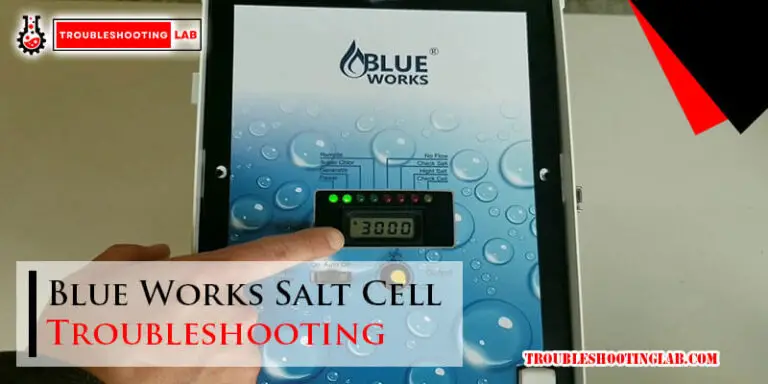
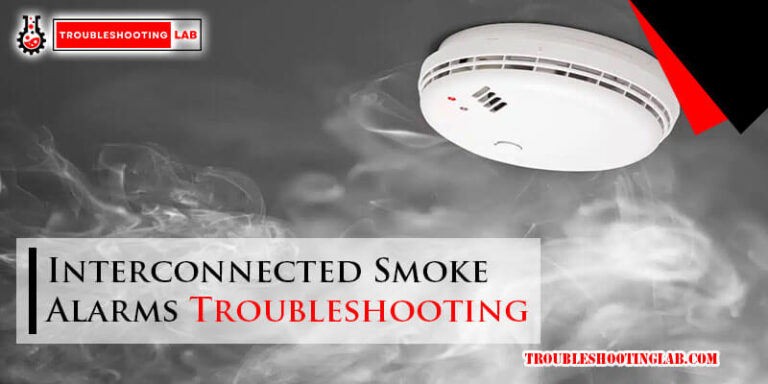
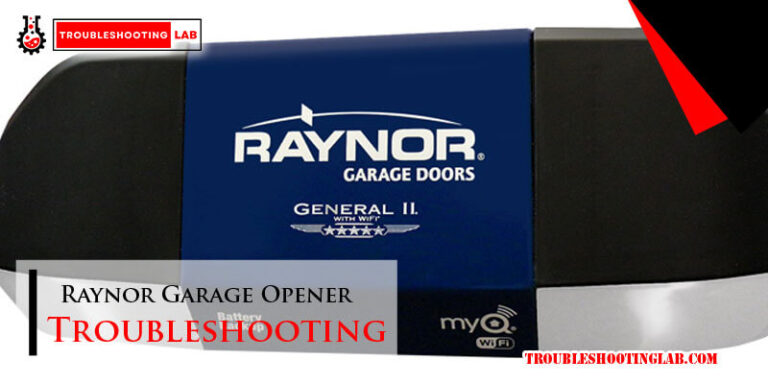
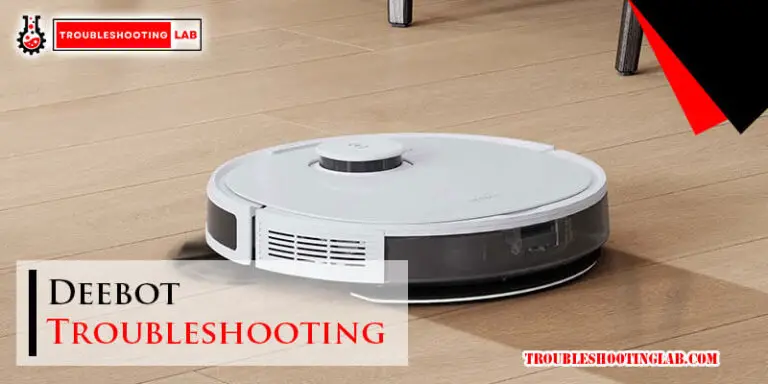
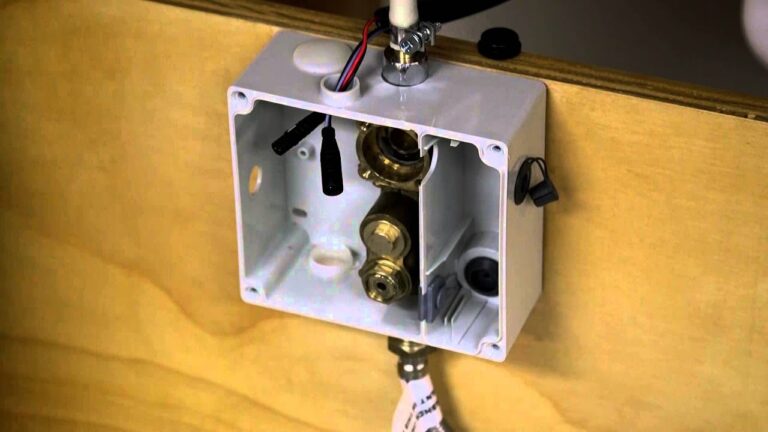
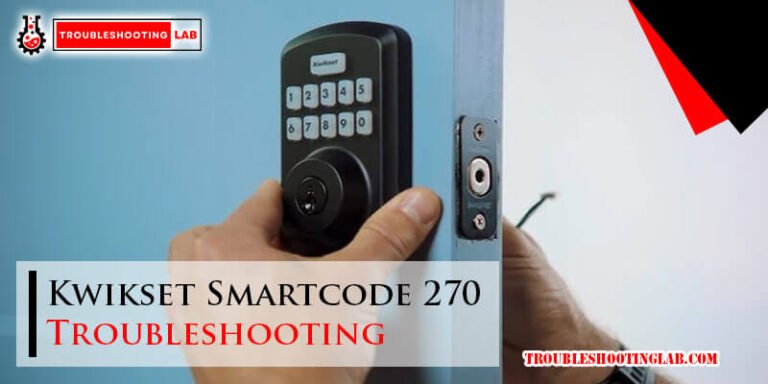
My V6 works fine with every attachment t except the bigger brush bar. It starts and stops so frequently I have to change filters halfway through using it. The main brush at runs for a second-then conks out. I resort to an older corded model – and I’m considering a Miele or Shark when I replace it
Hey there,
It sounds like your Dyson V6 is struggling with the bigger brush bar, which could be due to a few common issues. Since your vacuum runs fine with other attachments, the problem is likely related to the brush bar itself or the way power is being delivered to it.
Here are a few things you can try:
Given your frustration, I totally get why you’re considering other brands. Miele and Shark both make solid vacuums, but if you like the cordless convenience of Dyson, upgrading to a newer model with a stronger battery and motor might be worth looking into.
Hope this helps! Let me know if you need more troubleshooting tips.